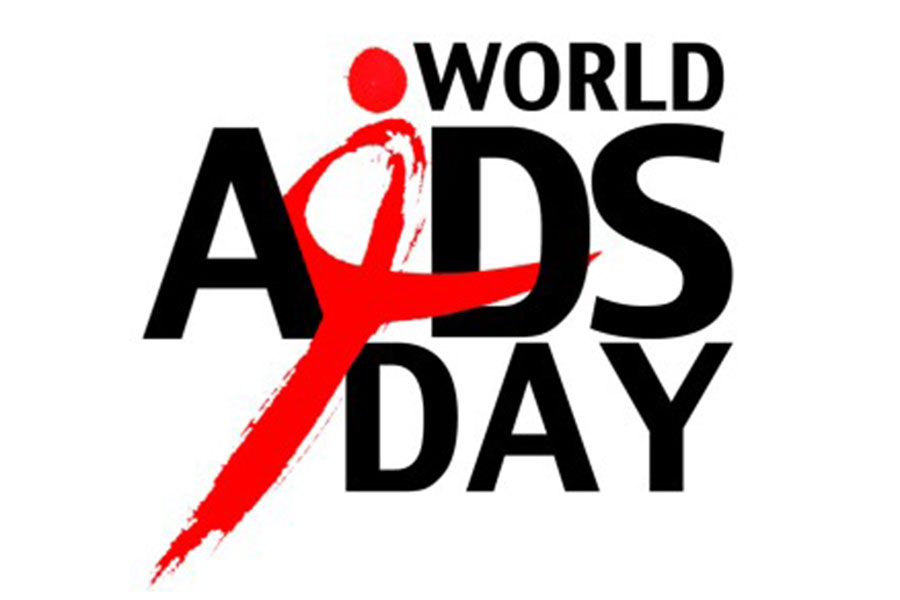On the 30th annual World AIDS Day, organizers want to make it clear: Despite advancements in treatment, the disease is still a formidable threat.
Hence the theme for this year’s milestone commemoration, on Dec. 1, especially targeted to young people: “Know your status.”
“We’re seeing that we have a new group of people growing up that think HIV isn’t as much of a risk as it was before. That’s not the case,” said Sarah DeLaurentis, director of development and communications at Action Wellness in Philadelphia. “Even though the younger generation may be removed from the devastation of the epidemic, it’s still a prevalent issue that we have to actively be in the know about.”
Nearly 8,500 young people received an HIV diagnosis in the United States in 2016, according to The Centers for Disease Control and Prevention. Eighty percent of those diagnoses occurred in those aged 20-24.
“There are a lot of young people who tend to think they’re immune to getting HIV,” said Jane Shull, CEO of Philadelphia FIGHT. “Some young people think they’re impenetrable and that’s not always the case. Condoms are as important as ever.”
Heshie Zinman, cofounder of the AIDS Library of Philadelphia and chair of the LGBT Elder Initiative, said a significant part of self-care and care for sexual partners is being knowledgeable about prevention methods such as PrEP — a type of pre-exposure prophylaxis that, if used as directed, is 99-percent effective in preventing transmission of HIV to previously uninfected people.
“If you’re engaging in risky activities, it’s your responsibility to get care and get tested,” he said. “Early access to care will lead to a longer life — a life where you can be resilient and thrive.
“We should continue to educate people on being aware of prevention methods and what they mean,” added Zinman. “It’s a challenge to stay healthy without HIV. Now factor in HIV and it becomes an even greater challenge.”
In 2017, according to the CDC, there were 1.8-million new cases of HIV in the United States. AIDSvu.org, which maps HIV rates across the country, reported that roughly 19,000 Philadelphians were living with HIV in 2016.
Shull noted that although new infections have been dropping nationally, there has been a significant “uptick in truly new infections among people who are using IV drugs as part of this latest epidemic. If you’re sharing needles and having unprotected sex, PrEP should be seriously considered.”
“We need to start sounding alarm bells now about this,” she added. “The numbers are low but it’s double than what was expected.”
The Joint United Nations Programme on HIV and AIDS reported in 2017 that 9.4-million people worldwide are living with HIV but don’t know their status.
Christiawn Wilson, coordinator of the Trip Project at Mazzoni Center — a social movement for men of color who have sex with men — said the young people he has worked with are “more receptive to receiving services, getting tested and asking questions about HIV/AIDS. Access to education makes all the difference in people wanting to be informed of their status.”
The CDC reported in 2016 that African-Americans are by far the most affected demographic, with a lifetime HIV risk of one in 20 for men, one in 48 for women and, more alarmingly, half of the black MSM population in the United States. In 2016, Latinos accounted for 26 percent of new HIV diagnoses, including one in four Latino MSM, according to the CDC.
“HIV/AIDS is affecting people of color at alarming rates,” said Damon Humes, executive director of COLOURS Organization, which provides community-building programs and HIV/AIDS-related services to LGBTQ people of color. “Education isn’t enough. Awareness won’t be the sole reason that stops someone from having unprotected sex or engaging in risky behavior. We need to make sure that those vulnerable populations are able to have access to those services.”
Francisco Cortes, executive director of GALAEI, a Latinx social-justice organization, said the current state of HIV-AIDS remains a crisis.
“We think the HIV field has gone so far since the ’80s and ’90s, but there’s still work that needs to be done.”

